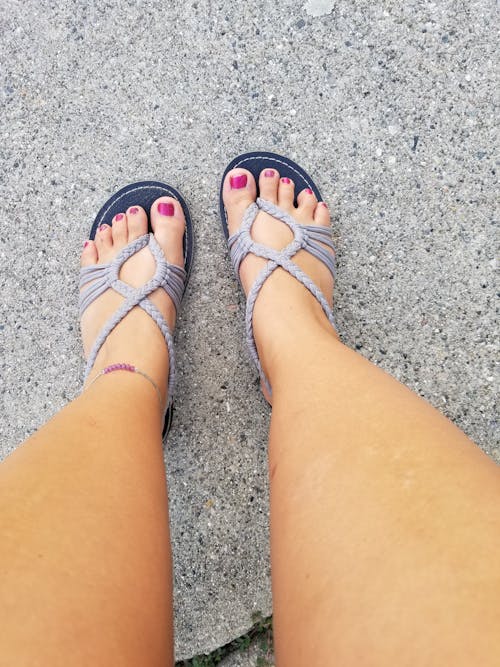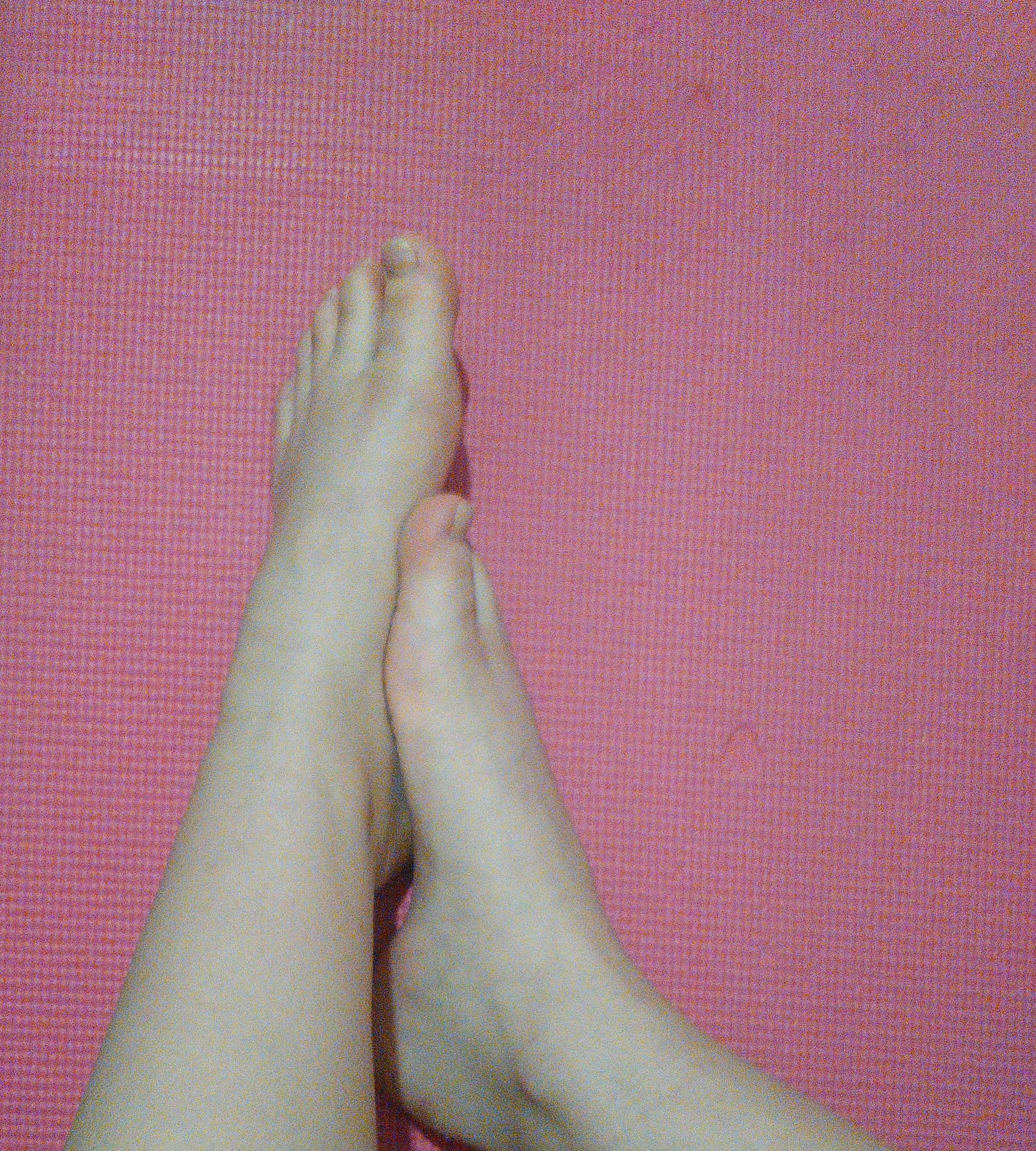Proof That Plantar Fasciitis Treatment Really Works
Plantar Fasciitis Treatment – The Beginner's Guide
Table of ContentsWhat Is Plantar Fasciitis Treatment And How Does It Matter? A Winning Strategy for Plantar Fasciitis Treatment Plantar Fasciitis Treatment for Customer Service: The Definitive Guide How To Prevent Issues with Plantar Fasciitis Treatment Important Elements of Plantar Fasciitis Treatment Power Up Your Plantar Fasciitis Treatment For some professional athletes, simply altering running shoes can considerably reduce plantar fascia pain. A physiotherapist can use a number of different taping techniques to support the plantar fascia, giving it a possibility to heal. Some shoes can be fitted with inserts. One example is an orthotic, which covers the length of the shoe.
Another option is a heel cup. This insert is developed to support and cushion the heel. Plantar fasciitis is associated with less versatility in the ankle, Achilles tendon, and calf muscles. Gentle stretching to improve flexibility can make the biomechanics of standing, strolling, and jogging less stressful for the plantar fascia.
Utilizing gentle pressure, roll the tennis ball back and forth under the foot. Stand 18 inches far from a wall with feet about 6 inches apart and put hands against the wall, at shoulder height. Without moving feet, lean into the wall, bending the foot and extending the Achilles tendon and calf muscles Sit on the flooring with legs directly in front.
Realities Everyone Need To Know About Plantar Fasciitis Treatment
Stretches like these last two, in which the top of the foot and toes approach the shin, are called dorsiflexion stretches. Using a cold-pack or bag of ice to bottom of the foot might offer pain remedy for plantar fasciitis. Relief can also be discovered by rolling the bottom of the foot on a frozen plastic water bottle.
Procedure Concepts. For runners, increasing the variety of actions per mileusing a much shorter stride but increasing cadence to keep speedmay minimize the tension on the plantar fascia even though there will be more actions per minute.1.Extra weight puts an increased strain on the plantar fascia tissue. Shedding excess pounds will lighten the load on the body's musculoskeletal system, consisting of the plantar fascia.
This avoids the plantar fascia from resting in a contracted position. (Understandably, lots of people find these splints tough to oversleep.). While it is ruled out standard treatment, deep myofascial massage might promote blood circulation and recovery. While not all experts concur, some believe the usage of manual manipulation/mobilization (by a chiropractic specialist or other qualified health professional) along with workout is an effective way to treat plantar fasciitis.2, People with persistent, moderate to serious cases of plantar fasciitis, might use these non-medical treatments in combination with medications, injections, or surgical treatments.
The Juice is Loose – Responsible Plantar Fasciitis Treatment in 2020
 Medications are not a treatment for plantar fasciitis and should be utilized in conjunction with other treatments. Non-steroidal anti-inflammatory drugs are utilized to lower swelling and inflammation, and are recommended for clients experiencing moderate to serious pain (Check It Out). NSAIDs consist of aspirin (e.g. Bayer), ibuprofen (e.g. Advil), naproxen (e.g. Aleve), and cox-2 inhibitors.
Medications are not a treatment for plantar fasciitis and should be utilized in conjunction with other treatments. Non-steroidal anti-inflammatory drugs are utilized to lower swelling and inflammation, and are recommended for clients experiencing moderate to serious pain (Check It Out). NSAIDs consist of aspirin (e.g. Bayer), ibuprofen (e.g. Advil), naproxen (e.g. Aleve), and cox-2 inhibitors.
dexamethasone) through healthy skin to the aching location.1 Iontophoresis might be advised to patients with plantar fasciitis who can't endure injections or want to prevent injections. If non-medical treatments and medications do not provide remedy for plantar fasciitis, clients may think about injections. 1. Wellenkotter J, Kernozek TW, Meardon S, Suchomel T.
 Int J Sports Med. 2014; 35( 9 ):779 -84.2. Bronfort G, Haas M, Evans R, Leininger B, Triano J. Effectiveness of manual therapies: the UK evidence report. Chiropr Osteopat. 2010; 18:3.3. Clar C, Tsertsvadze A, Court R, Hundt GL, Clarke A, Sutcliffe P. Scientific efficiency of manual therapy for the management of musculoskeletal and non-musculoskeletal conditions: organized evaluation and update of UK evidence report.
Int J Sports Med. 2014; 35( 9 ):779 -84.2. Bronfort G, Haas M, Evans R, Leininger B, Triano J. Effectiveness of manual therapies: the UK evidence report. Chiropr Osteopat. 2010; 18:3.3. Clar C, Tsertsvadze A, Court R, Hundt GL, Clarke A, Sutcliffe P. Scientific efficiency of manual therapy for the management of musculoskeletal and non-musculoskeletal conditions: organized evaluation and update of UK evidence report.
Plantar Fasciitis Treatment Techniques You Should Try in 2020
The plantar fascia is a long, thin ligament present along the bottom of the foot that produces the arch of the foot. It extends from the heel bone, and then splits and fans out to connect itself to the toes. Plantar fasciitis is a condition where the plantar fascia becomes inflamed from overstretching or overuse, causing pain in the heel and bottom of the foot.
Plantar fasciitis occurs when you strain or irritate the plantar fascia ligament. Repetitive strain can result in tiny tears in the ligament, causing discomfort and swelling, which can make walking difficult. Strains can take place due to: High or low foot arch Weight problems or abrupt weight gain Tight Achilles tendon which links the calf muscles to the heel Starting a new activity or increasing the strength of an activity Using improper shoes with soles that are too soft, do not fit well or use poor arch support The major grievance of plantar fasciitis is pain and stiffness in the heel and foot.
Your medical professional may watch how you stand and walk, and examine associated conditions such as high arches. X-rays of the foot can be taken if your doctor thinks a tension fracture, a hairline fracture in the bone, or other associated conditions such as a heel spur, which is extra calcium deposit on the heel bone.
Diving into Plantar Fasciitis Treatment
Conservative treatment procedures consist of: Rest: Rest is the primary step that is thought about for minimizing pain and preventing more damage to the ligament. Ice: Rolling your foot over ice can be extremely effective in lowering swelling, and is suggested for 20 minutes, 3-4 times a day Medications: NSAIDs (non-steroidal anti-inflammatory drugs) may be prescribed for relief of pain and swelling Workout: calf stretches and plantar fascia stretches work in alleviating discomfort A steroid injection may be administered into the plantar fascia for decreasing pain and swelling Helpful shoes and orthotics might likewise be advised to lower the pain while walking or standing Night splints can be suggested by your physician to assist extend the plantar fascia while sleeping Physical treatment might be recommended for direction on extending workouts, massage and ice treatments PT might utilize extracorporeal shockwave therapy (ESWT), which utilizes high-energy shockwave impulses to promote healing of the damaged plantar fascia tissues Surgical treatment is thought about just if conservative treatment does not provide effective relief after 12 months.
Gastrocnemius recession: Tight calf muscles or gastrocnemius muscles can strain the plantar fascia. To launch this tension, your surgeon will surgically extend the calf muscle, and increase the motion of the ankle (Important Link). The surgery can be performed by open incision or endoscopically through a little cut by utilizing an endoscope, which is a long instrument with a small cam connected.
Your cosmetic surgeon will partially cut the plantar fascia ligament to alleviate the tension. The surgery can be performed endoscopically but open incision is simpler to carry out and is associated with lower threat of nerve damage. Complications are unusual following surgery to deal with plantar fasciitis, but just like any surgery, they can take place.
Why Plantar Fasciitis Treatment Is Important To You
If you are experiencing symptoms of plantar fasciitis, comprehensive treatment from our foot specialists is available at ORA Orthopedics. As the biggest and most innovative orthopedic practice in the Quad Cities, ORA Orthopedics uses the best choices in care to kids and grownups with a wide range of musculoskeletal conditions, including plantar fasciitis and other uncomfortable or unpleasant foot issues (Get Redirected Here).
This condition is typically marked by higher foot discomfort and tightness after not during workout or extended periods of inactivity. Plantar fasciitis might likewise trigger bone spurs, or little boney growths, to develop on the heel bone. The experienced doctors and staff at ORA Orthopedics' Foot and Ankle Center of Excellence are trained in the latest treatment strategies and offer patient-focused care that is 2nd to none in the Quad Cities.